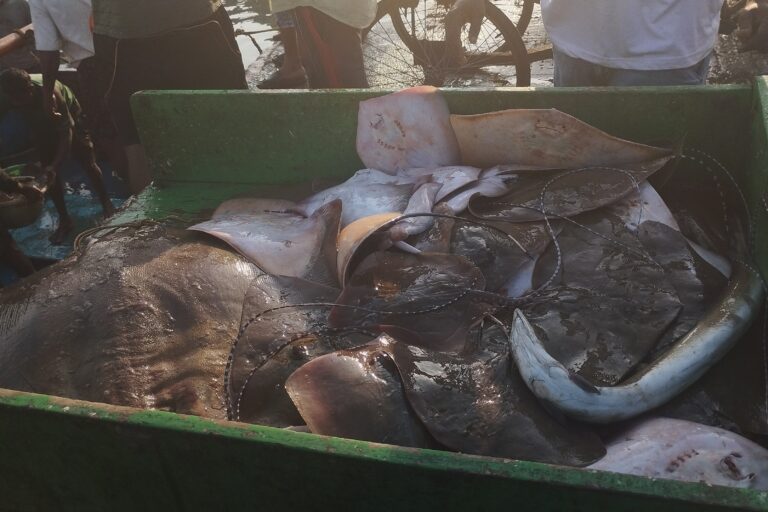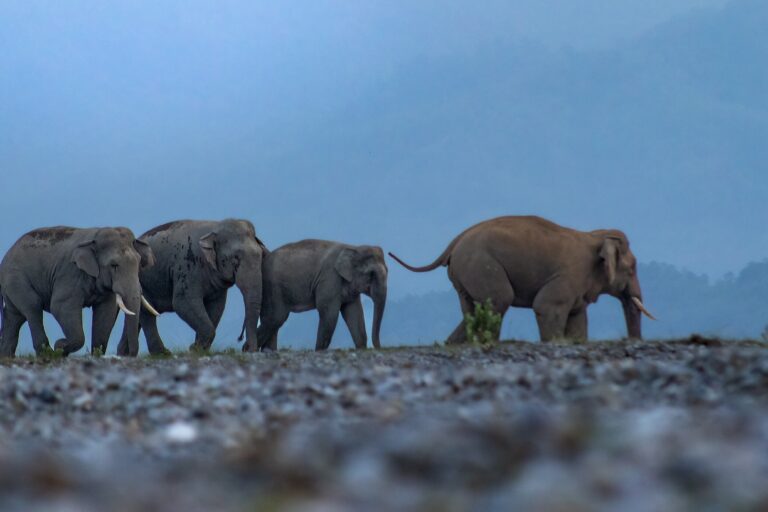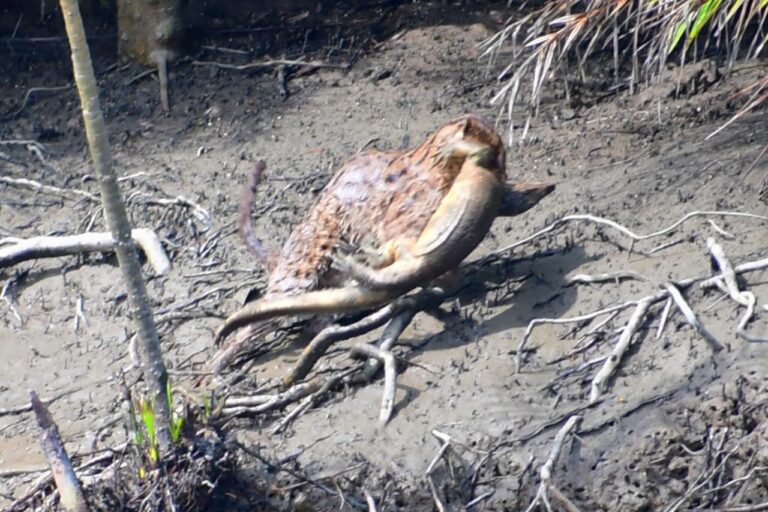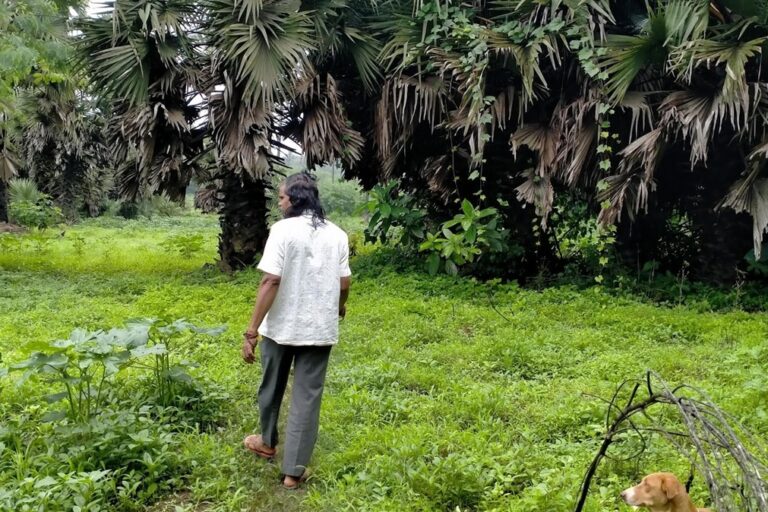- South and Southeast Asia’s 19,000 tree species form the foundations of some of the world’s most biodiverse rainforests, as well as provide irreplaceable ecosystem services and underpin the livelihoods and diets of hundreds of millions of people.
- However, roughly three-quarters of the land deemed most important to protect regional tree diversity lies outside of protected areas, according to a new study that evaluates the distribution and threats facing 63 native tree species.
- The study found that India had the highest proportion of priority areas for restoration, where tree planting, assisted regeneration and agroforestry could provide many benefits.
- The researchers recommend seed collection and storage to preserve genetic diversity and potential for assisted migration, especially in parts of India, Indonesia, Laos, Myanmar, Thailand and Vietnam that the authors deem as priority areas.
An international team of scientists has confirmed that current environmental protections in South and Southeast Asia fail to safeguard tree species and their valuable seed sources. The team studied the distribution and threats facing some of the region’s most economically important tree species
Their findings, published in Conservation Biology, show that roughly three-quarters of the land deemed most important to protect tree diversity lies outside of the region’s protected areas. The researchers say the results highlight that more needs to be done to safeguard the region’s roughly 19,000 tree species, many of which provide irreplaceable ecosystem services and underpin the livelihoods and diets of hundreds of millions of people.
Ambitious global forest restoration targets to address the climate and biodiversity crises add a further level of the urgency to safeguarding tree diversity, according the study authors.
“We have big plans that forests and trees will help us to mitigate climate change and they will continue to provide all of the ecosystem services that we need for years to come,” Riina Jalonen, co-author of the study and a scientist at the Alliance of Bioversity International and CIAT, told Mongabay.

However, the results indicate that many of the trees that countries are pinning their restoration goals on are in fact under threat. “Species are losing specific parts of their ranges,” Jalonen said, “and even if a species as a whole is not threatened,” important populations that are uniquely adapted to specific environments are being lost.
And it is not just the trees themselves that are disappearing. Every time a stand of trees is razed to the ground, its potential to generate seeds from which young trees can be grown to supply forest restoration initiatives is also lost.
“If we’re going to put a huge amount of hope in trees [for climate mitigation], we need to be able to access the genetic resources [the seeds] of those trees,” Christopher Kettle, co-author of the study and an ecologist at the Alliance of Bioversity International and CIAT, told Mongabay. “But if they’re all going extinct, then we’re not going to have a genetically diverse resource to use as a solution.”

All species impacted
The study, which focused on 63 trees species with native ranges spanning at least one of 20 South and Southeast Asian countries, found that every single species was highly impacted by one or more common threats across roughly half of their native range. The threats examined comprised overexploitation, fire, overgrazing, habitat conversion, and climate change.
The prevalence of threats throughout the region inevitably undermines the capacity of trees to provide valuable timber and non-timber forest products and crucial ecosystem services, such as erosion control, soil improvement, and shade, according to the study.
Several important emergent rainforest species that are rarely cultivated are particularly at risk, according to the study. For example, Afzelia xylocarpa is threatened mainly by climate change, and Shorea roxburghii and Dalbergia oliveri are threatened primarily by habitat conversion.
With the study purposefully focusing on widespread and economically important species, the researchers say the situation could be even more dire for rare species not included in their analysis. “The fact that we see these high levels of threat across whole regions [in the 63 studied species] means that those species that are endemic to a specific country are likely to be even more threatened,” Kettle said.
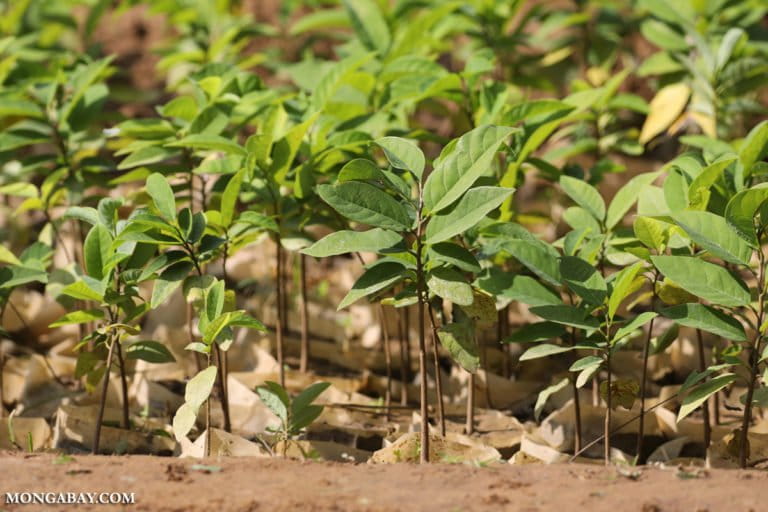
Read more: Experiments with native trees, seed bank to revive Rajasthan’s desert ecosystem
Conservation and restoration hotspots
Despite their importance, Jalonen said little is known about the genetic diversity, or even the distribution, of the vast majority of tree species in Asia. As a result, natural resource managers lack basic knowledge about the threats they face and how to manage them, she said. “Without the information about where species are found, or how they might be threatened by different factors, it’s basically impossible to develop effective conservation and restoration plans.” The information from the new study will enable a more “contextualised and coordinated” approach to conservation planning, she said.
To this end, the team compiled a set of hotspot maps that highlight the areas in South and Southeast Asia deemed most suitable for tree conservation and restoration to counter threats and potential losses. The maps will help policymakers channel limited conservation resources to the locations that can achieve maximum outcomes for both biodiversity and people, according to the study.
The study found that India had the highest proportion of priority areas for restoration, where tree planting, assisted regeneration and agroforestry could provide many benefits.
Indonesia, home to 33 of the tree species studied, was identified as a hotspot for on-site conservation. Further candidates for on-site action included: the Tenasserim forests along the Thailand-Myanmar border; the dry forests on the borders of Cambodia, Laos, Thailand and Vietnam; the Cardamom Mountains in Cambodia and Thailand; Peninsular Malaysia; and the lowland and montane rainforests of Borneo.
The hotspot maps also delineate specific areas that are vulnerable to climate risks. The researchers found that some of the 63 studied species are likely to lose more than 15% of their habitat by 2050 due to climate change, with parts of India, Indonesia, Laos, Myanmar, Thailand and Vietnam deemed priority areas in which the authors recommend seed collection and storage to preserve genetic diversity and potential for assisted migration.
Integrating conservation into landscapes
Given the inadequacy of protected areas as a means of safeguarding tree species and genetic diversity in the region, Kettle said conservationists and resource managers now need to step outside of the protected-area paradigm toward a holistic approach that integrates biodiversity into production landscapes that feature a range of land uses, such as agriculture and forestry.
“What’s interesting in the study is that the protected areas cover a very small percentage of the areas where these tree species persist or will persist in the future,” Kettle said. “So thinking about planning conservation at a landscape level within diverse landscapes is really important for maintaining species outside of protected areas.”
Kettle suggested a range of integrated solutions to better protect trees outside of designated conservation areas. He cited an example whereby small islands of natural forest between neighboring oil palm plantations are connected to create corridors that facilitate gene flow across landscapes.
Other approaches place trees at the heart of production, such as agroforestry, a form of cultivation founded on resilience that incorporates trees with other crops, sustaining not only human diets but also supporting biodiversity, building soil horizons, managing water tables, and sequestering carbon from the atmosphere.
In addition to providing food and environmental benefits, tree-based conservation approaches could revitalise the livelihoods of people living in and around forests, Hannes Gaisberger, lead author of the study and geographic information system (GIS) specialist at the Alliance of Bioversity International and CIAT, told Mongabay. He said that paying communities to collect seeds for restoration initiatives is one way of maintaining people’s perception of forests as a valuable living resource.
Ultimately, the researchers recommend countries work in a more coordinated way through cross-border collaborations to protect trees and their genetically diverse seed sources for biodiversity, human use, and utilisation in forest and landscape restoration plans, both within and outside of protected areas.
“If we don’t maintain adequate genetic diversity of native trees or their seeds, then no one’s going to be able to produce the restoration interventions that are going to deliver on degraded land, climate and biodiversity,” Kettle said. “The science is there, and it’s been there for a long time, but it’s actually the political will to do something that’s the most important.”
Read more: Tracing an ancient voyage of tropical African trees that travelled to Southeast Asia via India
CITATION:
Gaisberger, H., Fremout, T., Kettle, C. J., Vinceti, B., Kemalasari, D., Kanchanarak, T., … Jalonen, R. (2022). Tropical and subtropical Asia’s valued tree species under threat. Conservation Biology, e13873. doi: 10.1111/cobi.13873
This article was first published on Mongabay.com.
Banner image: Large emergent trees are vital components of South and Southeast Asia’s tropical forests. This buttress-rooted tree was photographed in Andaman Islands, India. Photo by Nanditha Chandraprakash/Mongabay.








